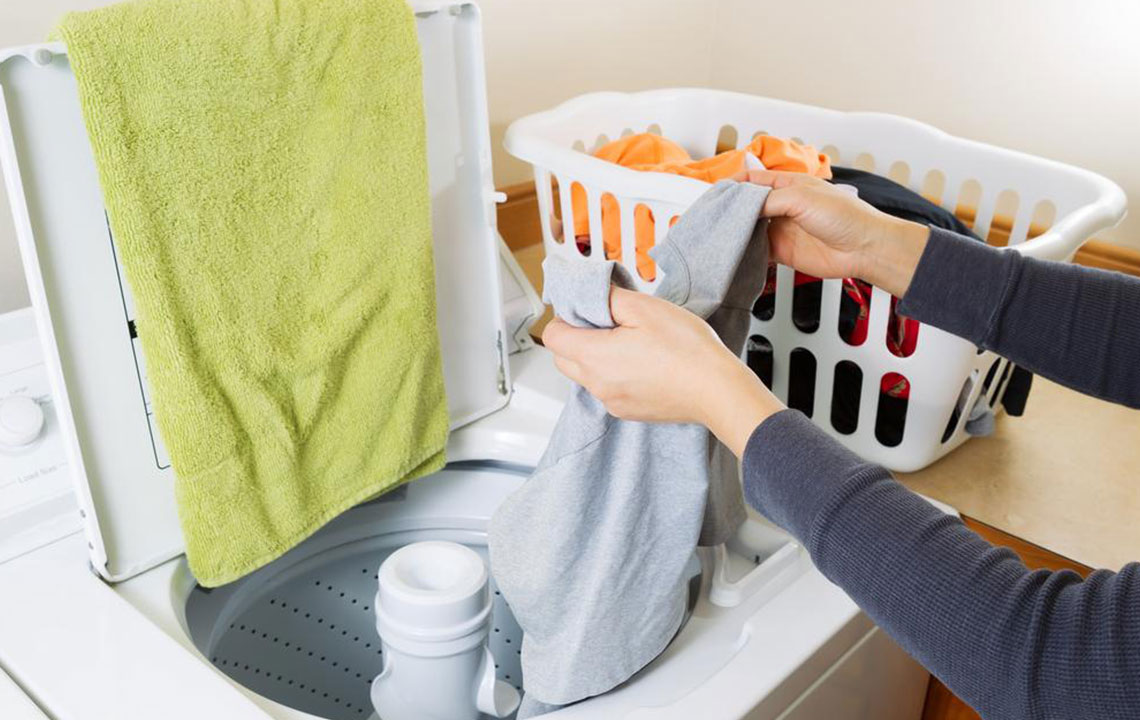Essential Troubleshooting Tips for Your Maytag Bravos Washer
Learn quick and effective troubleshooting tips for your Maytag Bravos washer. From resolving spin cycle issues and lint buildup to fabric softener dispenser problems, this guide provides practical solutions to keep your washer functioning smoothly. Simple steps like cleaning switches, adjusting detergent use, and maintaining lines can prevent costly repairs and prolong the life of your appliance.

Essential Troubleshooting Tips for Your Maytag Bravos Washer
Regular use of your washer means occasional repairs are inevitable. To keep your Maytag® Bravos washer running efficiently, here are some essential troubleshooting tips. Recognizing common issues and knowing simple fixes can save time and money.
Spinning Malfunctions During Cycles
If your washer stops spinning after a cycle, the lid lock switch might be the culprit. If the switch doesn’t fully engage, the washer won’t initiate its high-speed spin. Cleaning the switch with a cotton swab dipped in rubbing alcohol can often resolve this. If not, replacing the switch might be necessary.
Lint Accumulation Issues
Many users ask why lint isn’t being effectively removed during washes, especially since newer models lack traditional lint filters and use less water. To improve lint removal, use only two teaspoons of high-efficiency detergent per load. Adding one cup of distilled vinegar to the rinse cycle can loosen fibers and help lint and hair come off more easily. Alternatively, add vinegar to the fabric softener compartment.
Fabric Softener Dispenser Concerns
Persistent residue from the fabric softener dispenser is a common problem. This often results from clogged or kinked water lines. Solutions include removing and cleaning the dispenser with heated white vinegar and a toothbrush, shaking softener bottles well before use, or diluting softener with equal parts water. If issues continue, consulting a technician is recommended.
Note:
Our blog provides diverse, practical advice based on thorough research. While this information aims to assist, it should not replace professional diagnosis. We are not responsible for inaccuracies or issues that may arise. Readers should use discretion and seek expert help if needed.









